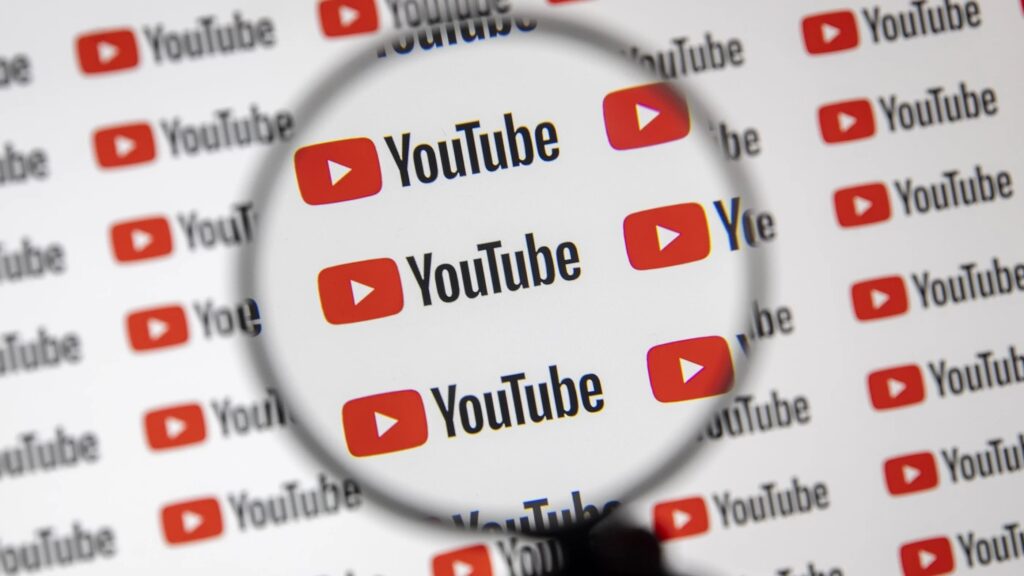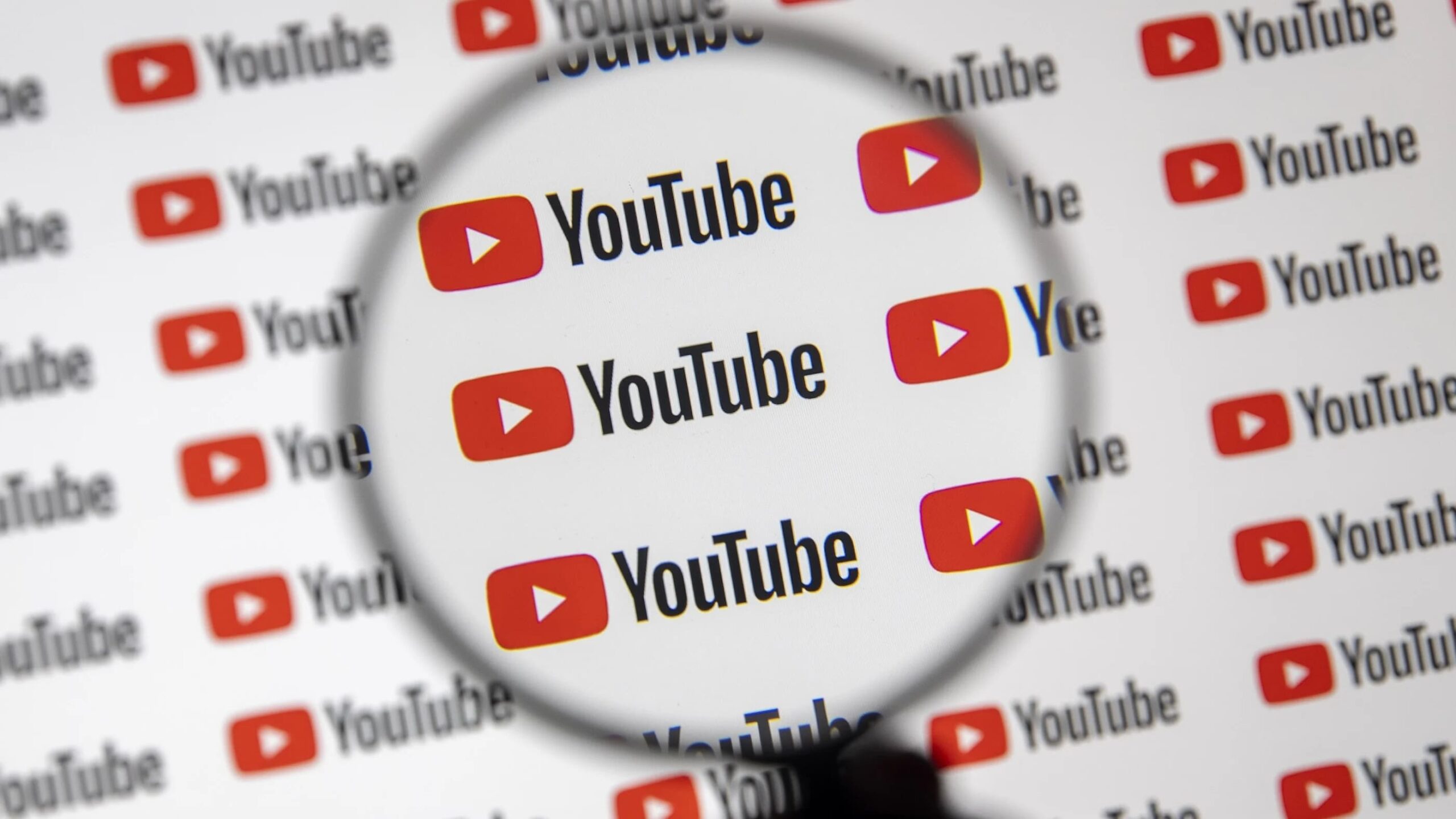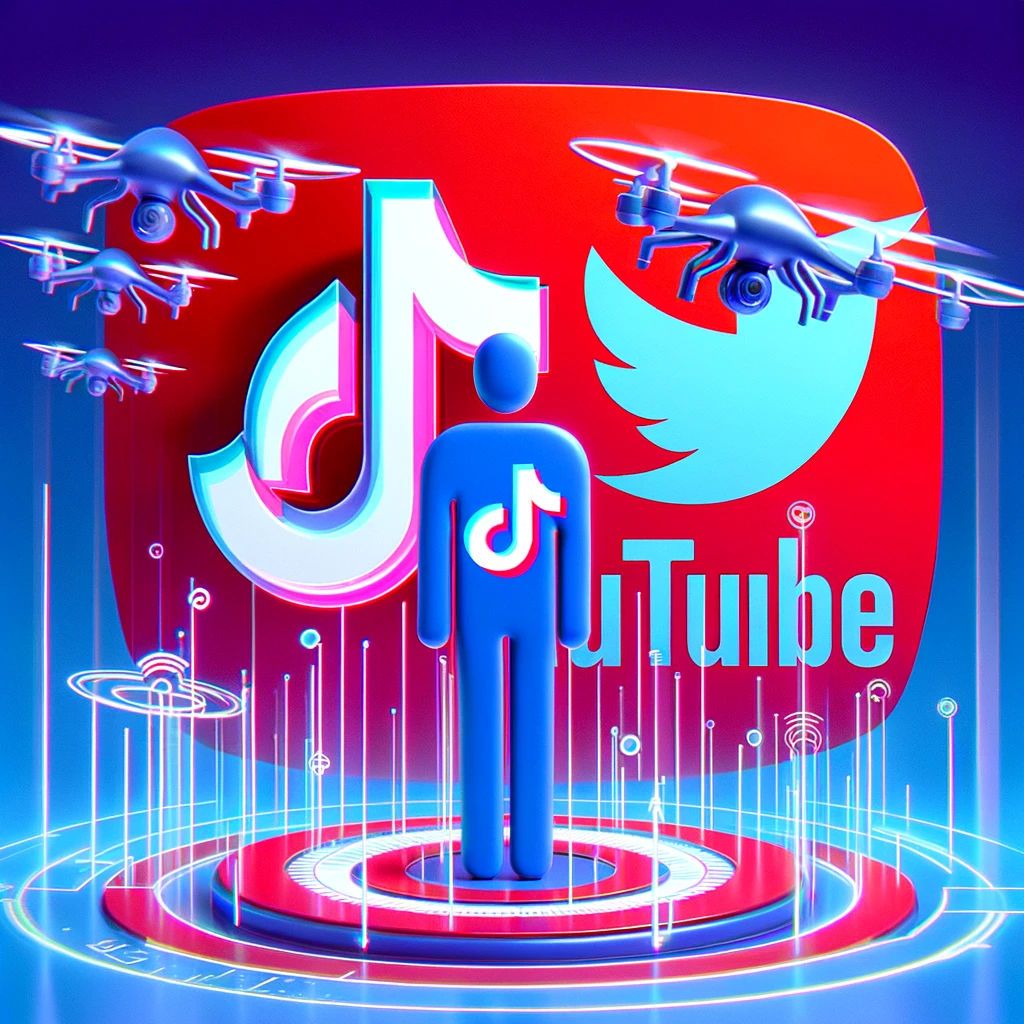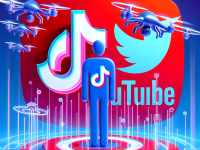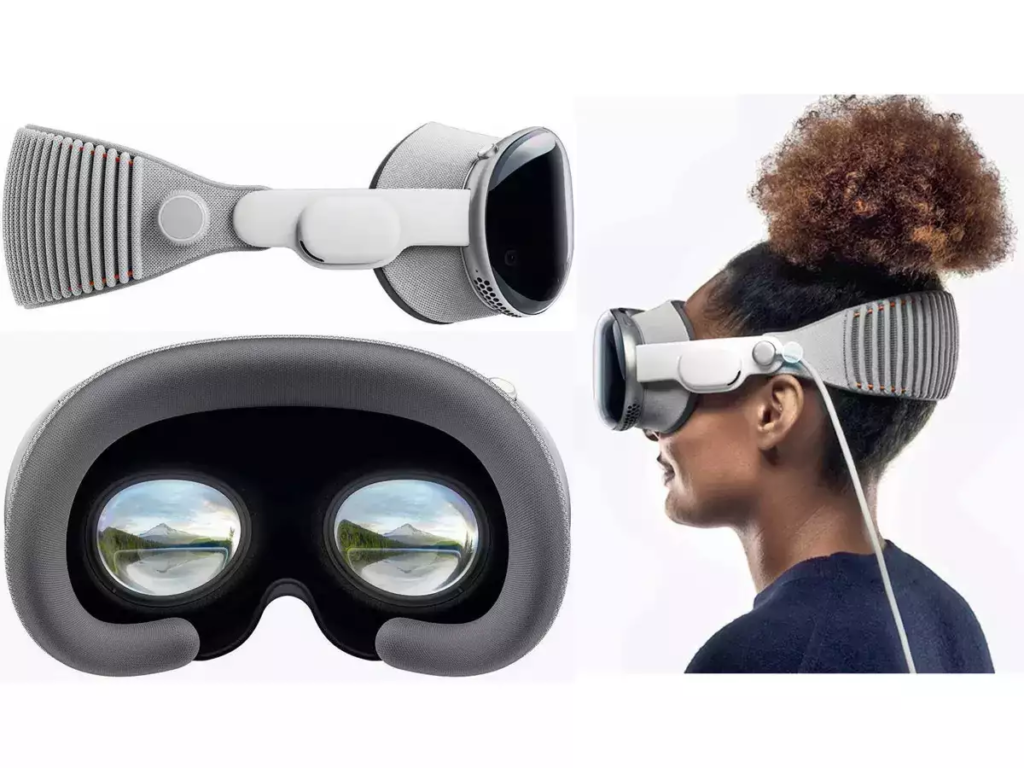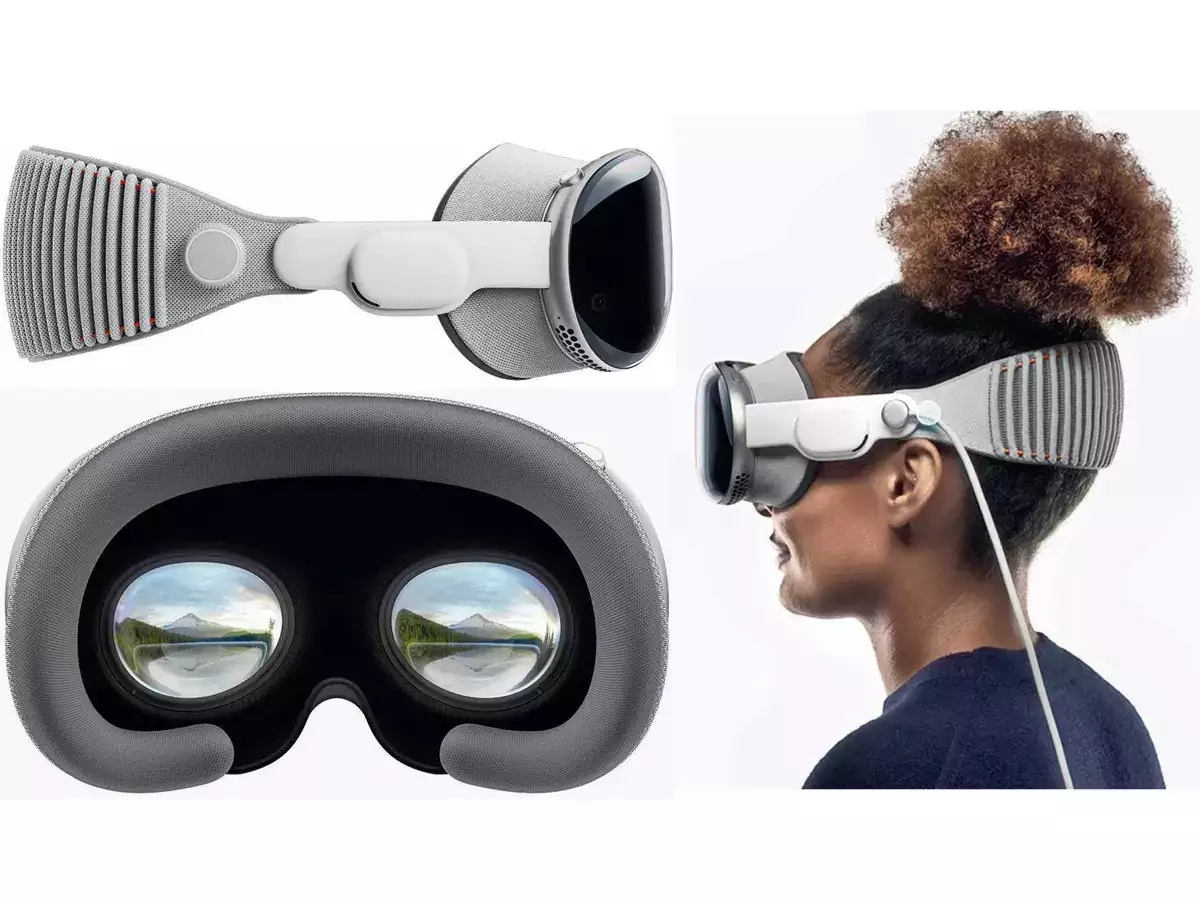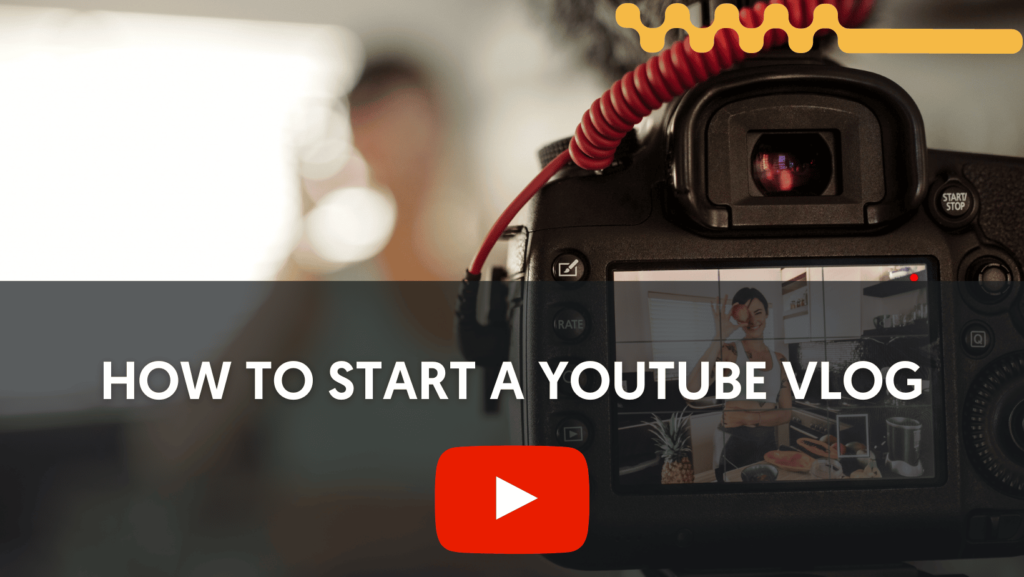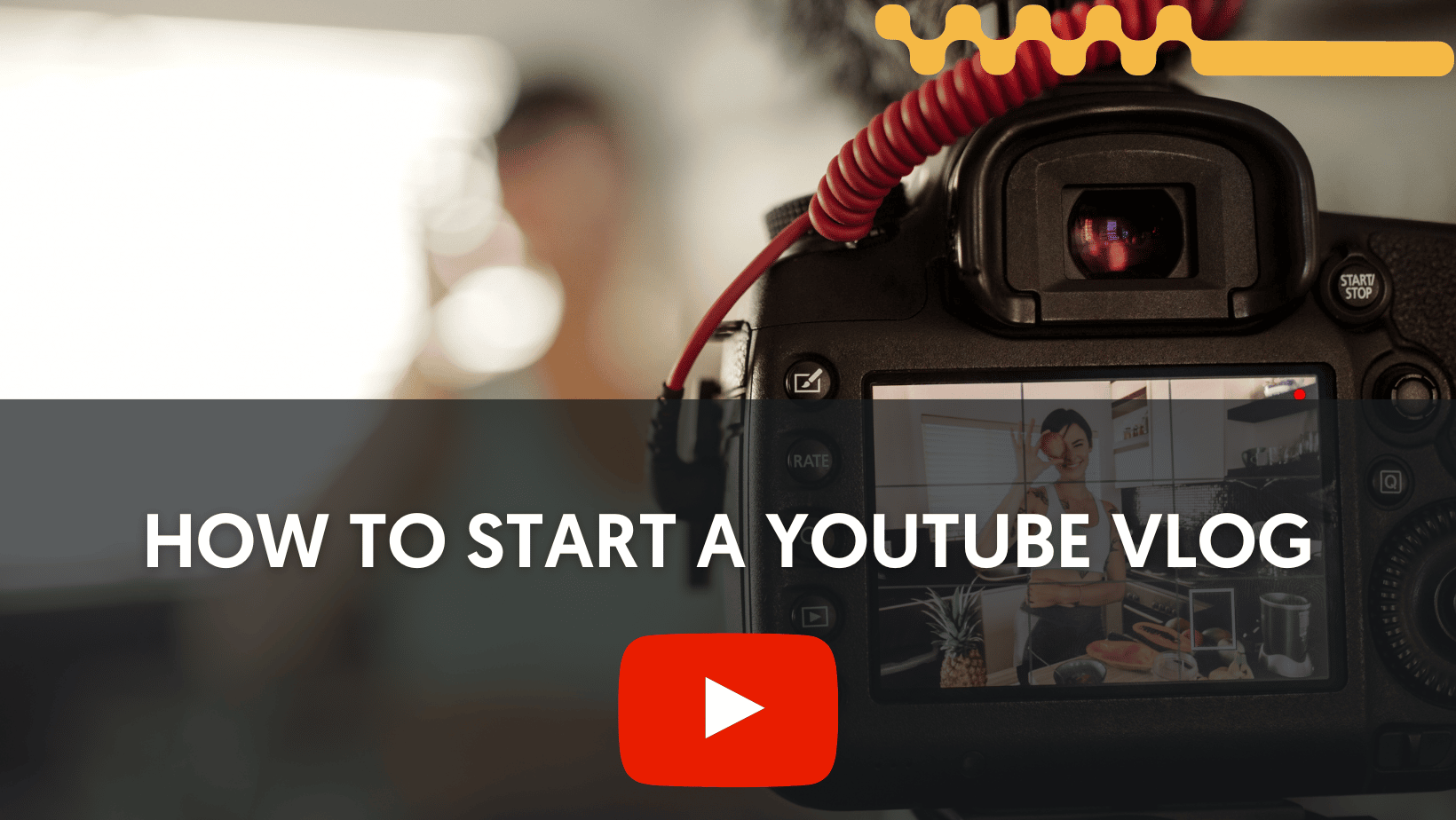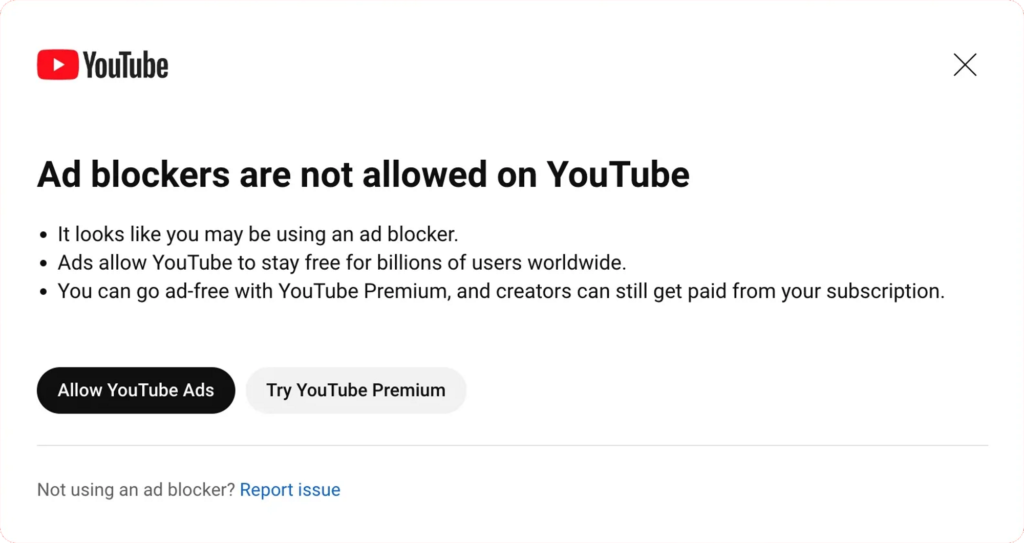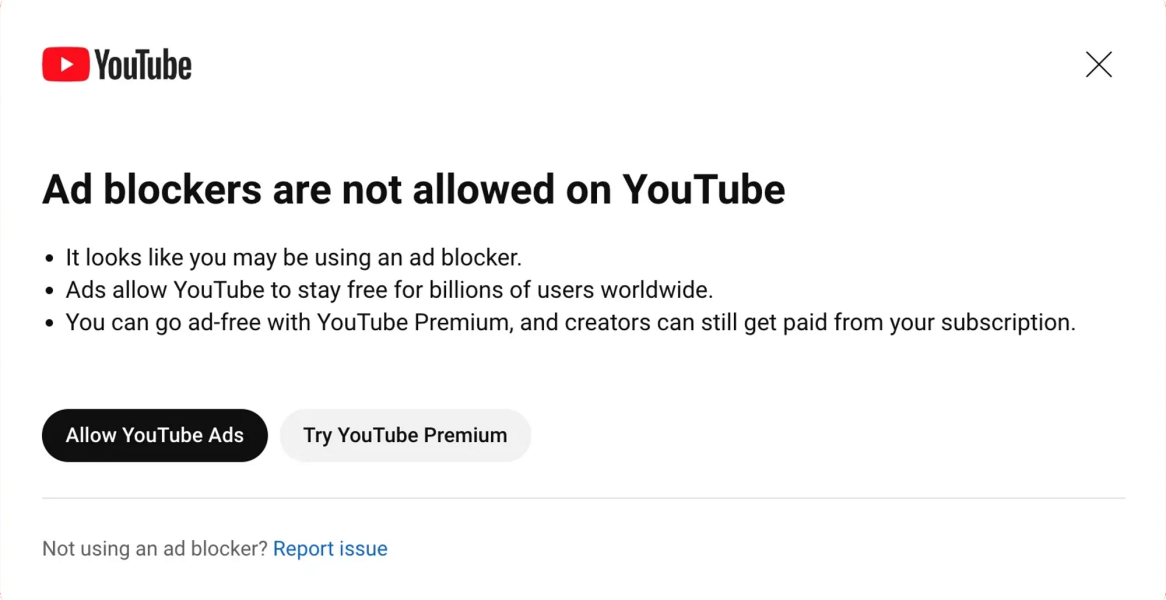YouTube
Apple Vision Pro’s Unexpected Launch Without YouTube, Spotify, or Netflix Apps

I am a law graduate from NLU Lucknow. I have a flair for creative writing and hence in my free time work as a freelance content writer.
YouTube is now cracking down on ad-blockers globally

I am a law graduate from NLU Lucknow. I have a flair for creative writing and hence in my free time work as a freelance content writer.
